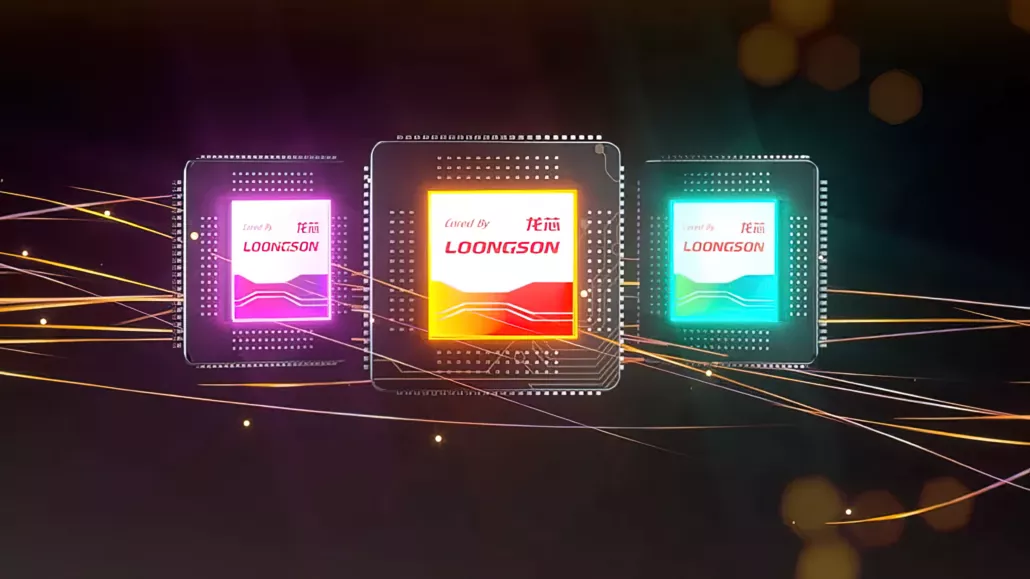Exciting developments are underway as Loongson, a prominent Chinese chip maker, embarks on the creation of its next-generation 3D7000 CPU family. This ambitious lineup is poised to transform the server CPU landscape with groundbreaking technology and significantly increased core counts.
Unveiling the Future: Loongson’s 3D7000 CPU Series
The 3D7000 series, anticipated for a 2027 release, aims to harness the power of a sub-10nm process node. This advancement builds on the success of its predecessor, the 3C6000 processors, which utilize a 1X nm node possibly at 12nm, featuring 16-core chiplets that scale up to 64 cores in quad-chiplet configurations, with up to 300W TDPs. Loongson’s workstation-focused 3D5000 family also stands out with up to 32 cores clocked at 2.0 GHz.
“We have already started IP design work for X-nanometer advanced processes, and we will begin developing technologies such as phase-locked loops, multi-port register files, DDR5-PHY, and PCIe5-PHY.”
Machine Translated via Loongson
With the upcoming 3D7000 CPU family, Loongson is set to utilize chiplets with 32 or more cores, effectively doubling the core count per chiplet. This leap in technology will integrate modern support for DDR5 and PCIe 5.0, marking a significant advancement in processing power. The design work for the advanced Xnm process technology is well underway, promising future-ready capabilities.

Looking Ahead: Loongson’s Upcoming Innovations
The planned 32+ core CPU chiplets represent a remarkable stride for Loongson. Meanwhile, AMD gears up to introduce its next-gen Zen 6 core architecture with a 12-core “classic” and 32-core “dense” variant, projected for the server sector next year. With Loongson targeting a 2027 release, the widespread adoption of these chips might realistically occur by 2028. Details on architecture, SKUs, and clock speeds remain unknown.
In addition to its server CPUs, Loongson is preparing the 9A1000 discrete GPU for the AI PC market. This entry-level GPU is expected to debut next year, accompanied by driver support for Windows OS, reflecting the company’s strategy to bolster China’s domestic technology market and reduce dependency on foreign brands.
